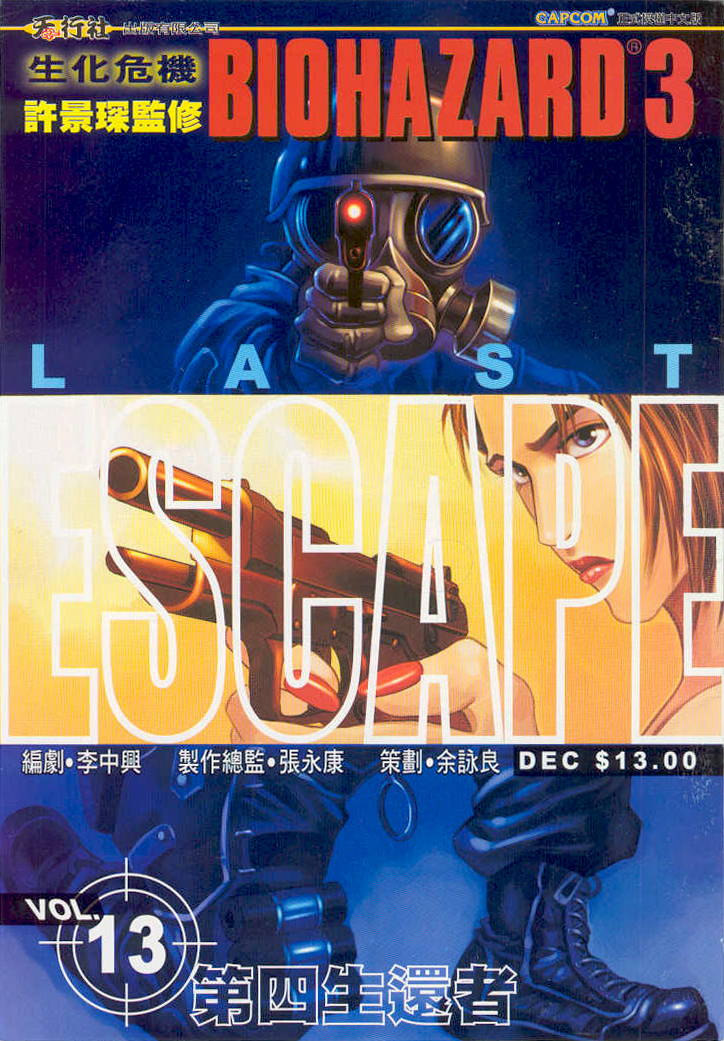

You can combine items to make ammo and other things in some basic crafting mechanisms, but the puzzles are along the same basic and sometimes confusing lines. Jill can now dodge and do a quick 180 degree turn, but she still controls in a pretty unwieldy way, the better to make escaping from zombies a terrifying ordeal, and to make blasting their heads off with a shotgun a bloody sweet relief. It’s still controlled in third person with detailed, pre-rendered backgrounds and camera angles set up for claustrophobic effect. Resident Evil 3 runs on the same engine as its predecessors and fits into a familiar formula. Resident Evil 3 was a stopgap created when Capcom abandoned a more ambitious PlayStation sequel set on a cruise ship, after PlayStation 2 announcements made clear it would be ready too late in the PS1’s lifecycle. Metal Gear Solid and Driver were the last revolutionary games on the original PlayStation to hit big enough for me to encounter in this story, with the PlayStation’s final couple of years packed with sequels.

Until then, it was a time for continuations and expansions. Investment into coming up with new ideas was drawn away to the possibilities offered by new technology. In both Japan and Britain at the respective times it released, the Dreamcast had already kicked off the next console generation and the PlayStation 2 was less than a year away. But Resident Evil 3 was the last numbered Resident Evil sequel in this style, and there is a clear reason for that. There wasn’t even any attempt to kill it off, leaving a zombie series, Last Revelation style. Series don’t tend to end at a point of such success, but to carry on out the other side. In Japan, this game was released as Biohazard 3: Last Escape, and here “last escape” are the final words spoken by returning main character Jill Valentine in the intro.

Resident Evil 3: Nemesis (Capcom, PlayStation, 2000)


 0 kommentar(er)
0 kommentar(er)
